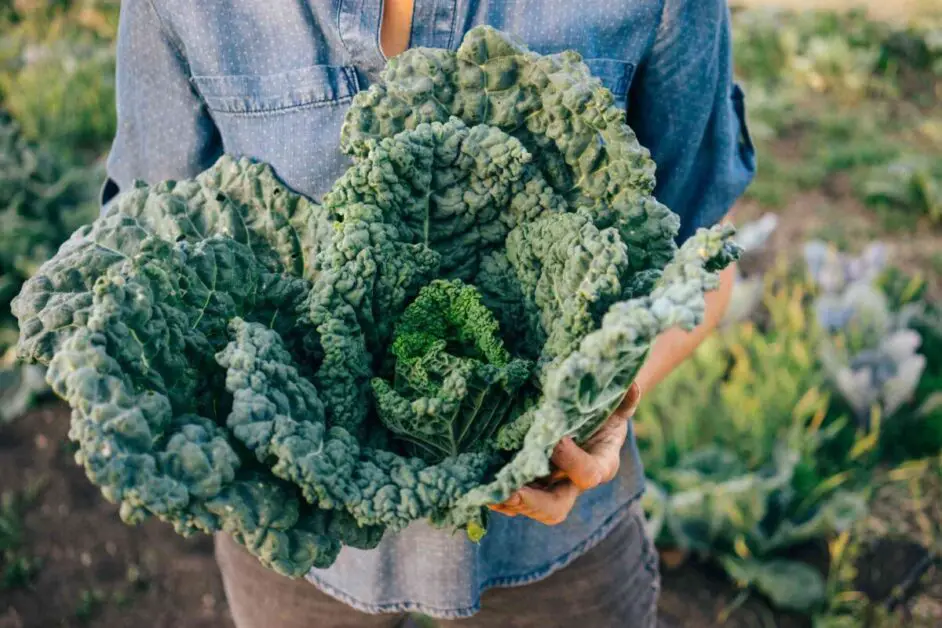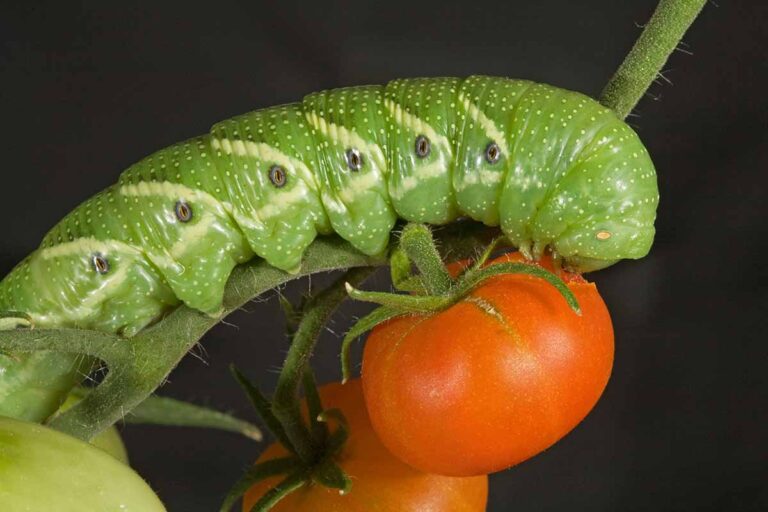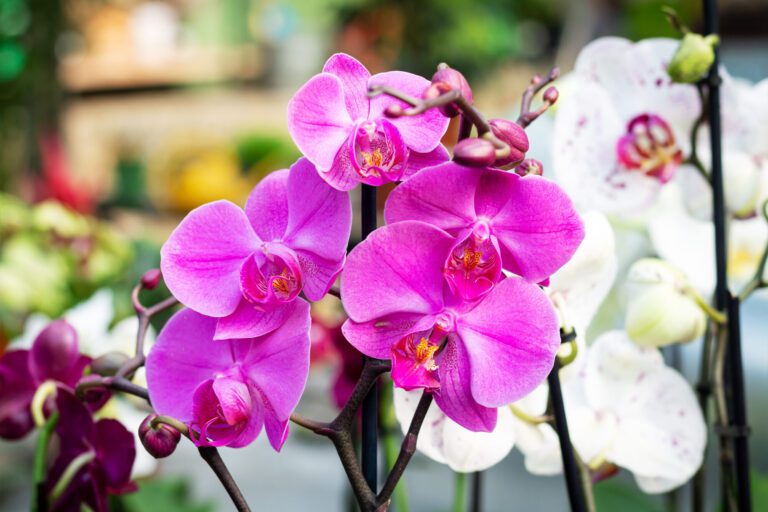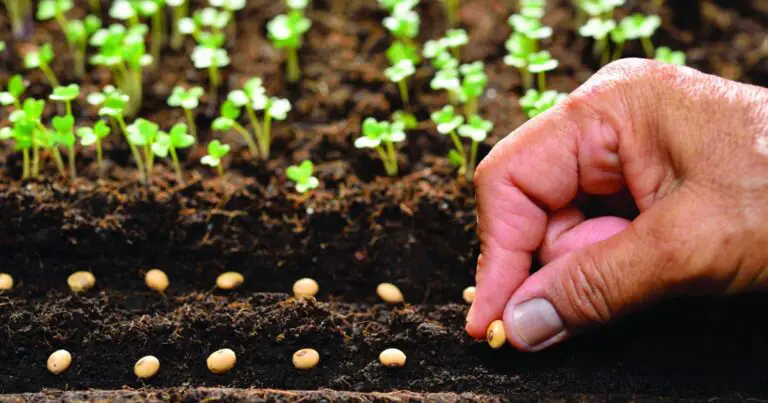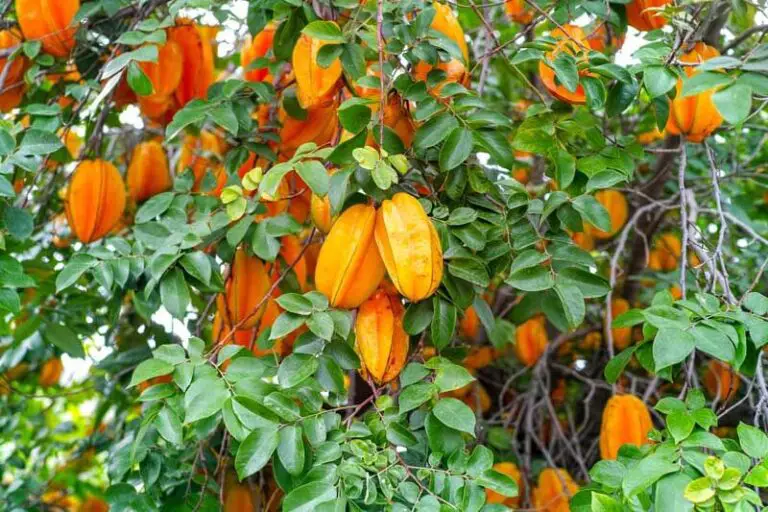Kale Varieties: 15 Different Types of Kale Cultivars
Curly Kale
Curly Kale, with its ruffled leaves and vibrant green color, is a versatile and nutritious addition to any garden. This variety of kale is known for its hearty texture and mild flavor, making it a popular choice for salads, smoothies, soups, and stir-fries. Curly Kale is packed with essential vitamins and minerals, including vitamin K, vitamin C, and antioxidants, all of which contribute to its numerous health benefits.
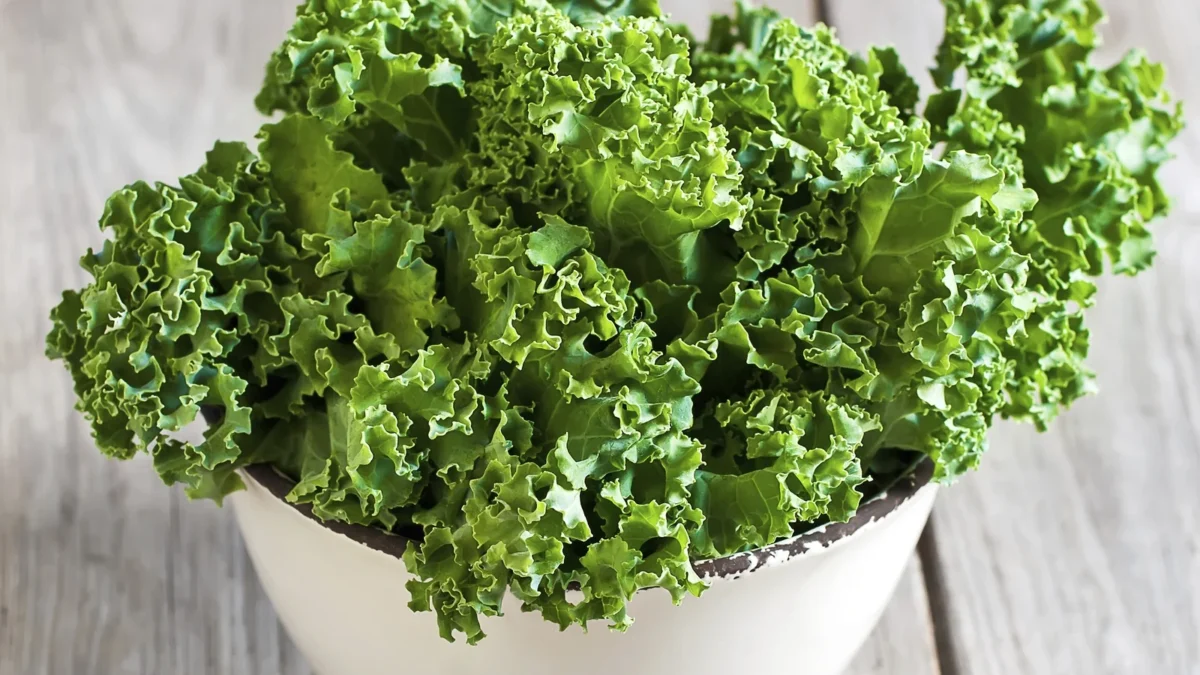
When growing Curly Kale, it thrives in cool weather and requires well-drained soil rich in organic matter. This hardy leafy green is also resistant to pests and diseases, making it a low-maintenance plant for both beginner and experienced gardeners. With proper care and attention, Curly Kale can produce an abundant harvest throughout the growing season, providing a fresh and nutritious source of greens for your meals.
Lacinato Kale
Lacinato Kale, also known as Tuscan kale or Dinosaur kale, is a popular leafy green with dark blue-green leaves and a rich, earthy flavor. This variety of kale is highly sought after for its unique appearance and distinctive taste, making it a favorite among many home gardeners and culinary enthusiasts. Lacinato kale is packed with essential nutrients such as vitamins A, C, and K, as well as fiber, calcium, and antioxidants, making it a powerhouse of health benefits. Its versatility in the kitchen allows it to be used in a variety of dishes, from salads and soups to smoothies and stir-fries, adding a nutritious punch to any meal.
One of the standout features of Lacinato kale is its robust nature, thriving in various climates and soil conditions, making it a resilient option for both beginner and experienced gardeners. Its ability to withstand colder temperatures and some frost further enhances its appeal as a sustainable and reliable crop. Whether grown in traditional soil beds or in hydroponic systems, Lacinato kale is a low-maintenance plant that rewards gardeners with a bountiful harvest of nutrient-dense greens. Its reputation as a superfood and culinary delight continues to elevate its status in the world of home gardening and agriculture.
Red Russian Kale
Red Russian Kale, also known as Ragged Jack Kale, is a popular variety appreciated for its unique appearance and robust flavor profile. With its rich, dark green leaves that have a slightly reddish-purple tint, this kale variety stands out in both the garden and on the plate. The flat, frilly leaves are tender and sweet, making them a versatile ingredient for salads, smoothies, stir-fries, and soups. Additionally, Red Russian Kale is packed with essential nutrients like vitamin A, vitamin C, and calcium, making it a nutritious choice for any diet.
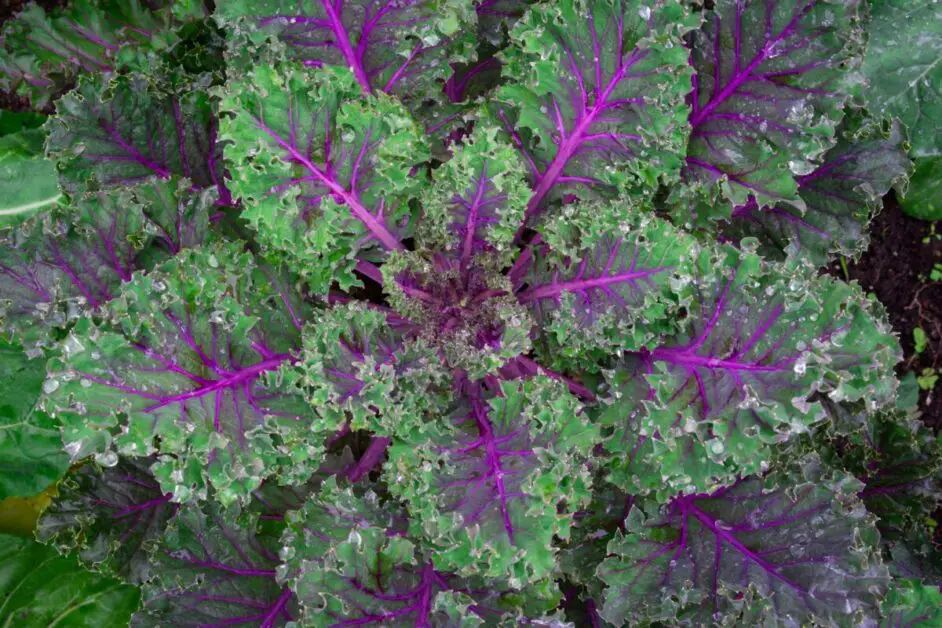
In terms of cultivation, Red Russian Kale thrives in cool weather and can be grown in various climates. This hardy plant is resistant to pests and diseases, making it a low-maintenance option for home gardeners. Whether grown in traditional soil or hydroponic systems, Red Russian Kale is known for its high yield and relatively quick maturity, making it an ideal choice for those looking to add a flavorful and nutritious leafy green to their harvest.
Siberian Kale
Siberian Kale, also known as Russian Kale, is a cold-hardy variety that thrives in cooler climates. With its blue-green leaves and slightly sweeter flavor compared to other kale varieties, Siberian Kale is a popular choice among gardeners. This kale variety is rich in vitamins A, C, and K, as well as antioxidants and fiber, making it a nutritious addition to any diet. Whether grown in the ground or in containers, Siberian Kale is easy to cultivate and harvest, providing a bountiful supply of fresh greens for salads, smoothies, and cooked dishes.
In addition to its nutritional benefits, Siberian Kale is known for its ability to withstand frost and cold temperatures, making it an ideal choice for fall and winter gardens. This variety of kale is also resistant to pests and diseases, requiring minimal maintenance and care. Whether you are a seasoned gardener or a beginner, Siberian Kale is a versatile and resilient plant that can thrive in various growing conditions. Enjoy the health benefits and culinary delights that Siberian Kale has to offer by incorporating this nutritious green into your garden and meals.
Dinosaur Kale
Dinosaur Kale, also known as Tuscan Kale or Lacinato Kale, is a popular variety in the kale family due to its unique appearance and robust flavor profile. This heirloom kale features dark, bumpy leaves that are long and narrow, giving it a striking resemblance to dinosaur skin. With its slightly sweeter taste and tender texture compared to other kale varieties, Dinosaur Kale is a versatile ingredient that can be enjoyed raw in salads, sautéed with garlic and olive oil, or added to soups and stews for an extra nutritional boost.
Rich in vitamins A, C, and K, as well as antioxidants and fiber, Dinosaur Kale offers an array of health benefits that support overall well-being. Its high nutrient content makes it a valuable addition to a balanced diet, aiding in digestion, immune function, and cardiovascular health. Whether cultivated in home gardens or sourced from local markets, Dinosaur Kale is a nutritious and delicious vegetable that can elevate the culinary experience while promoting optimal health and vitality.
Redbor Kale
Redbor Kale is a vibrant addition to any garden with its deep purple-red leaves that add a pop of color to both the landscape and culinary creations. This variety of kale, also known as “Red Russian Kale,” is not only visually appealing but also packed with nutrients. One cup of Redbor Kale provides an impressive amount of vitamin A, vitamin C, and calcium, making it a valuable addition to a healthy diet.
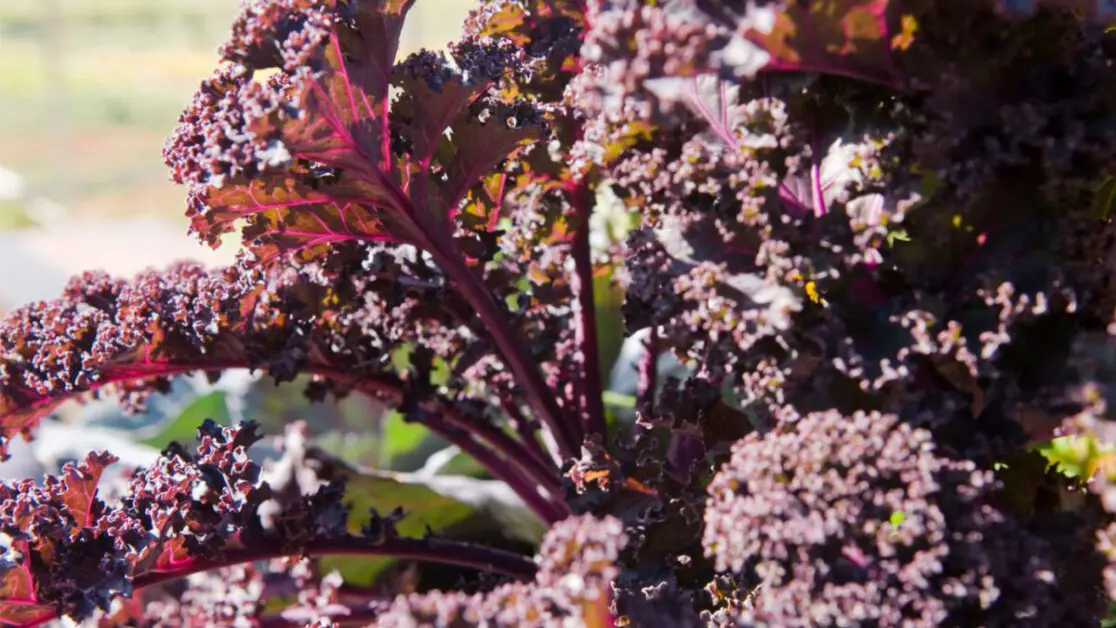
In addition to its nutritional benefits, Redbor Kale is a hardy and versatile plant that is well-suited for various growing conditions. Whether planted in a traditional garden bed or grown in a container, this kale variety thrives in cool weather and can withstand frost, making it an ideal choice for year-round cultivation. With its striking appearance and healthful properties, Redbor Kale is sure to be a favorite among gardeners and food enthusiasts alike.
Premier Kale
Premier Kale, also known as “Premier Star,” is a popular variety of kale grown for its vibrant green leaves and tender texture. This variety is favored by gardeners for its exceptional cold tolerance, making it suitable for cultivation in various climates. Premier Kale’s distinct curly leaves add a decorative touch to salads, smoothies, and stir-fries, while also providing a powerhouse of nutrients such as vitamin A, vitamin C, and fiber.
A versatile and easy-to-grow option, Premier Kale thrives in well-drained soil and requires ample sunlight for optimal growth. With its rich antioxidant content and anti-inflammatory properties, this leafy green is a valuable addition to any garden or culinary repertoire. Whether enjoyed fresh in salads or cooked in soups and casseroles, Premier Kale stands out as a nutritious and delicious choice for health-conscious individuals and gardening enthusiasts alike.
Dwarf Blue Curled Kale
Dwarf Blue Curled Kale, a compact variety of kale, is known for its tightly curled blue-green leaves that grow in a small, bushy plant. This kale cultivar is popular among gardeners for its ornamental appeal and culinary versatility. With a mild flavor and tender texture, Dwarf Blue Curled Kale is a favorite in salads, smoothies, stir-fries, and soups. Its vibrant hue adds a pop of color to any dish, making it a delightful addition to meals.
As a cold-hardy plant, Dwarf Blue Curled Kale thrives in cooler temperatures and can withstand a light frost, making it an excellent choice for early spring and fall harvests. This variety is relatively easy to grow and does well in containers, raised beds, or traditional garden plots. With regular watering and adequate sunlight, Dwarf Blue Curled Kale can yield a bountiful harvest of nutritious greens packed with vitamins, minerals, and antioxidants.
The table beow shows some charachteristics of dwarf b;ue curled kale:
| Characteristic | Description |
|---|---|
| Appearance | Compact plant with curled blue-green leaves |
| Texture | Tender and slightly curly leaves |
| Flavor | Mild and slightly sweet with a hint of peppery taste |
| Nutritional Content | High in vitamins A, C, and K, as well as calcium and iron |
| Growth Habit | Compact, bushy growth habit suitable for small gardens or containers |
| Cultivation | Prefers well-drained, fertile soil and partial to full sun exposure |
| Harvesting | Leaves can be harvested individually as needed or entire plant can be harvested |
| Culinary Uses | Versatile in cooking; suitable for salads, sautéing, steaming, and soups |
| Storage | Store unwashed leaves in a plastic bag in the refrigerator for up to a week |
| Resistance | Tolerant to cold weather and relatively resistant to common pests and diseases |
White Russian Kale
White Russian Kale, also known as Russian kale or Siberian kale, is a popular variety among gardeners for its tender leaves and mild flavor. This heirloom variety of kale features blue-green leaves with white stems, making it a visually appealing addition to any garden. White Russian Kale is not only beautiful but also a powerhouse of nutrition, packed with vitamins A, C, and K, as well as antioxidants and fiber. Its delicate flavor makes it a versatile ingredient in salads, smoothies, stir-fries, and soups, adding a nutritious boost to any meal.
In addition to its culinary uses, White Russian Kale is also a hardy and easy-to-grow plant, making it ideal for both novice and experienced gardeners. With proper care and maintenance, this variety of kale can thrive in a variety of growing conditions, including containers, raised beds, or traditional garden beds. Whether you’re looking to enhance your garden’s visual appeal or boost your nutritional intake, White Russian Kale is a fantastic choice that is sure to impress both your taste buds and your guests.
Black Magic Kale
Black Magic Kale is a striking variety that captivates the eyes with its dark, almost black, leaves. This kale cultivar not only adds a touch of drama to your garden but also packs a nutritional punch. Rich in vitamins A, C, and K, as well as antioxidants and fiber, Black Magic Kale is a powerhouse of health benefits. Its slightly sweeter flavor compared to other kales makes it a versatile ingredient in various culinary creations.
In addition to its visual appeal and nutritional value, Black Magic Kale is also relatively easy to grow and thrives in cooler temperatures. Whether you choose to incorporate it into salads, smoothies, or cooked dishes, this kale variety is sure to add a dash of magic to your meals. With proper care and attention, Black Magic Kale can be a rewarding addition to your garden, offering both beauty and nourishment.
Here is a table that shows some off the charachteristics of black mafic kale:
| Characteristic | Description |
|---|---|
| Appearance | Dark green, almost black leaves with ruffled edges |
| Texture | Firm and slightly crunchy when raw, tender when cooked |
| Flavor | Bold and slightly bitter, with earthy undertones |
| Nutritional Content | High in vitamins A, C, and K, as well as calcium and iron |
| Growth Habit | Cold-hardy biennial that grows well in cool seasons |
| Cultivation | Thrives in well-drained, fertile soil and prefers full sun but tolerates partial sun |
| Harvesting | Leaves can be harvested individually as needed or entire plant can be harvested |
| Culinary Uses | Suitable for salads, stir-fries, soups, and smoothies |
| Storage | Store unwashed leaves in a plastic bag in the refrigerator for up to a week |
| Resistance | Tolerant to frost and resistant to common pests and diseases |
Winterbor Kale
Winterbor Kale, a striking variety of kale, is known for its dark blue-green leaves that are frilly and dense in texture. This cold-hardy plant thrives in cooler temperatures, making it a popular choice for winter gardening. With its slightly bitter flavor and tender leaves, Winterbor Kale is a versatile vegetable that can be used in a variety of dishes, from salads to soups to smoothies. Rich in vitamins A, C, and K, as well as antioxidants and fiber, this nutrient-packed leafy green is a nutritious addition to any diet.
One of the key characteristics of Winterbor Kale is its resistance to bolting, which means it is less likely to prematurely flower and go to seed in warmer weather. This feature makes it a reliable and long-lasting crop for home gardeners and commercial growers alike. Whether grown in the garden or in a greenhouse, Winterbor Kale is relatively easy to cultivate and maintain, making it an ideal choice for beginners and experienced gardeners looking to add a nutritious and flavorful green to their harvests.
Rainbow Lacinato Kale
Rainbow Lacinato Kale, also known as Tuscan kale, is a vibrant and nutrient-dense variety of the popular Lacinato kale. Its striking purple stems and deep green leaves make it a visually appealing addition to any garden or plate. This heirloom variety not only adds a pop of color to your dishes but also packs a nutritional punch, rich in vitamins A, K, and C, as well as minerals like iron and calcium.
In addition to its visual appeal and nutritional benefits, Rainbow Lacinato Kale is prized for its delicate flavor and tender texture, making it a versatile ingredient in various culinary creations. Whether added raw to salads, sautéed as a side dish, or blended into smoothies for a healthy boost, this kale variety brings a unique and delicious twist to any meal.
Red Ursa Kale
Red Ursa Kale, also known as Russian Red Kale, is a striking variety with deep purple-red leaves that are packed with nutrients. This kale is renowned for its visual appeal in the garden and its robust flavor in culinary dishes. With a slightly sweet and peppery taste, Red Ursa Kale is not only pleasing to the eye but also a delight for the taste buds.
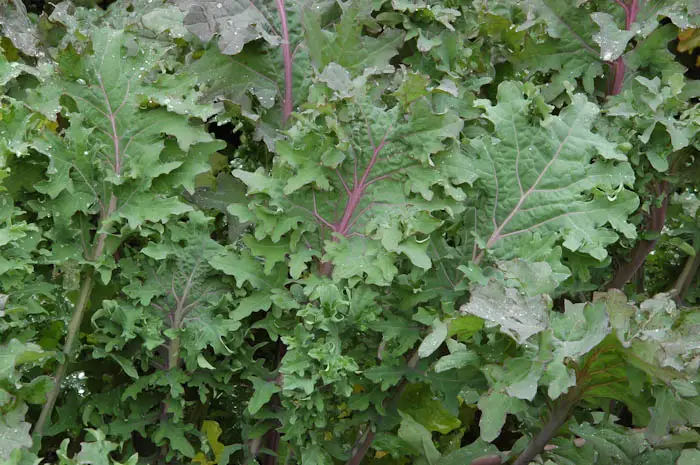
In terms of nutrition, Red Ursa Kale is a powerhouse. It is rich in vitamins A, C, and K, as well as antioxidants and fiber, making it a great addition to a healthy diet. This variety of kale is not only beautiful and delicious but also has numerous health benefits, making it a popular choice for both gardeners and chefs alike.
Black Tuscan Kale
Black Tuscan Kale, also known as Lacinato Kale or Dinosaur Kale, is a beloved variety in the kale family due to its unique appearance and robust flavor profile. With its dark, textured leaves that resemble dinosaur skin, this kale is not only visually striking but also packed with essential nutrients.
Black Tuscan Kale is rich in vitamins A, C, and K, as well as manganese and calcium, making it a powerhouse of nutrition. Its slightly sweeter and earthier taste compared to other kale varieties makes it a versatile ingredient in various dishes, from salads to soups to smoothies. Whether you’re a gardening enthusiast looking to add a new twist to your culinary creations or a health-conscious individual seeking a nutrient-dense option, Black Tuscan Kale is a must-have in your garden or kitchen.
Scarlet Kale
Scarlet Kale, also known as Russian Red Kale, is a vibrant and nutritious variety that adds a pop of color to any garden. With its deep red leaves and ruffled edges, Scarlet Kale is not only visually appealing but also packed with health benefits. Rich in vitamins A, C, and K, as well as antioxidants, this hearty leafy green is a great addition to any diet.
In terms of flavor, Scarlet Kale offers a slightly peppery taste that can add dimension to salads, soups, and stir-fries. The sturdy leaves hold up well to cooking, making it a versatile ingredient in various dishes. Whether grown in the garden or in a container, Scarlet Kale is easy to cultivate and thrives in cool weather, making it a popular choice for home gardeners looking to enjoy fresh, nutrient-dense greens year-round.
Learn more about kale varieties by watching the vidoe.
Walking Stick Kale
Walking Stick Kale, also known as Jersey Kale or Cottager’s Kale, is a unique variety of kale that stands out for its tall and upright growth habit, reaching up to 7 feet in height. This striking ornamental plant is characterized by its long, cane-like stalks that bear dark green, curly leaves, making it a visually appealing addition to any garden or landscape. With its stunning architectural presence, Walking Stick Kale is not only a feast for the eyes but also a versatile and nutritious leafy green that can be enjoyed in a variety of culinary dishes.
In addition to its aesthetic appeal, Walking Stick Kale is a resilient and cold-hardy variety that can thrive in diverse growing conditions, making it well-suited for both outdoor and indoor cultivation. Its robust nature, coupled with its high nutritional value packed with vitamins, minerals, and antioxidants, make it a popular choice among health-conscious individuals and gardeners alike. Whether as a striking focal point in the garden or as a nutritious addition to the dinner table, Walking Stick Kale offers both visual impact and culinary versatility for gardening enthusiasts seeking a unique and beneficial plant to grow.
What makes Walking Stick Kale different from other varieties?
Walking Stick Kale is known for its tall and sturdy stalks, which can be used as walking sticks when the leaves are harvested.
Can Walking Stick Kale be grown in containers?
Yes, Walking Stick Kale can be grown in containers, but it may not grow as tall as when grown in the ground.
Is Walking Stick Kale easy to grow?
Walking Stick Kale is relatively easy to grow, requiring full sun and well-draining soil.
How long does it take for Walking Stick Kale to reach maturity?
Walking Stick Kale typically takes 55-75 days to reach maturity from the time of planting.
Can Walking Stick Kale be harvested multiple times?
Yes, Walking Stick Kale can be harvested multiple times by cutting the outer leaves, allowing the inner leaves to continue growing.

